Composition is the backbone of a captivating photograph. It’s the art of arranging elements within the frame to create a visually pleasing and engaging image. Whether you’re a beginner or an experienced photographer, understanding composition techniques can greatly enhance the impact of your photos. In this article, we’ll explore some essential tips and tricks that will help you create stunning compositions that grab the viewer’s attention and tell compelling stories.
Rule of Thirds
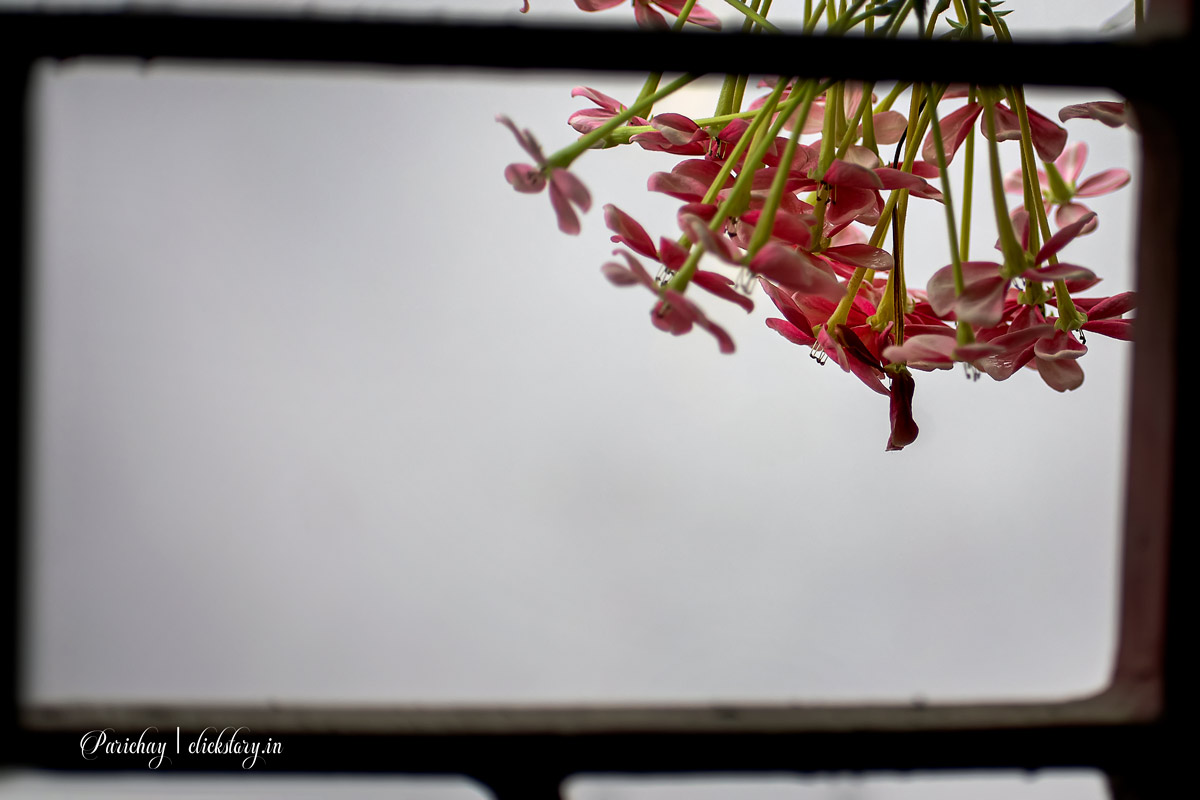
The rule of thirds is a fundamental guideline in composition. Imagine dividing your frame into a grid of nine equal parts by drawing two horizontal lines and two vertical lines. The four points where these lines intersect are known as “power points.” Placing key elements of your subject along these lines or at the power points can create a more dynamic and balanced composition.
Leading Lines
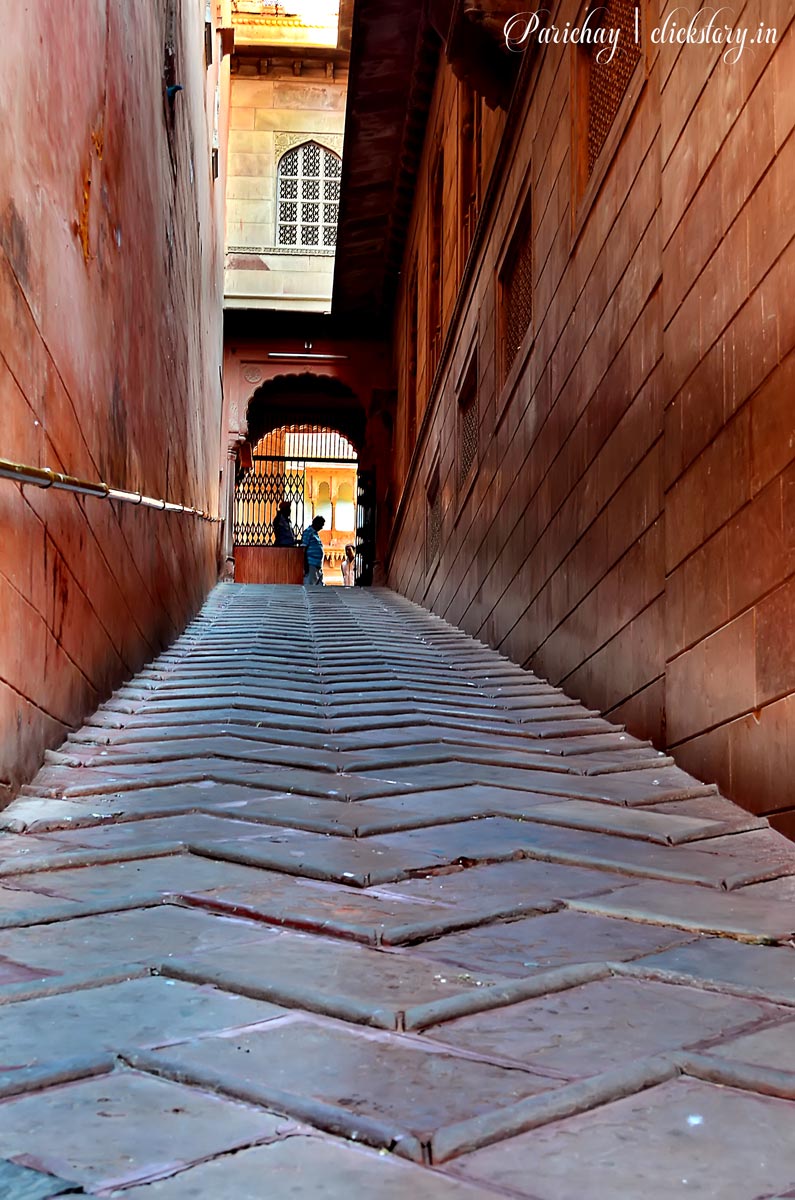
Leading lines are strong lines within a photograph that guide the viewer’s eye towards the main subject or a specific focal point. These lines can be straight or curved, natural or man-made. They could be a road, a pathway, a river, or even the lines formed by a building’s architecture. Utilizing leading lines adds depth, draws the viewer into the frame, and creates a sense of visual flow.
Symmetry and Balance
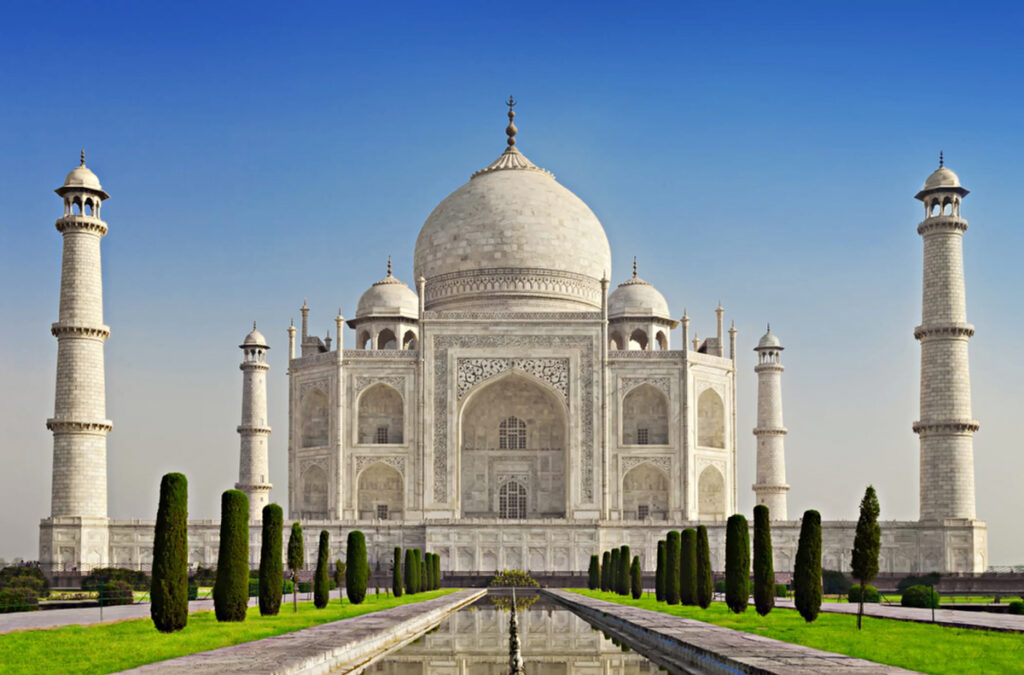

Symmetry can create a sense of harmony and balance in a photograph. Look for subjects or scenes with symmetrical elements, such as reflections, architectural structures, or natural patterns. Centering your subject can often enhance symmetry, but don’t be afraid to experiment with off-center compositions for a more dynamic effect.
Framing
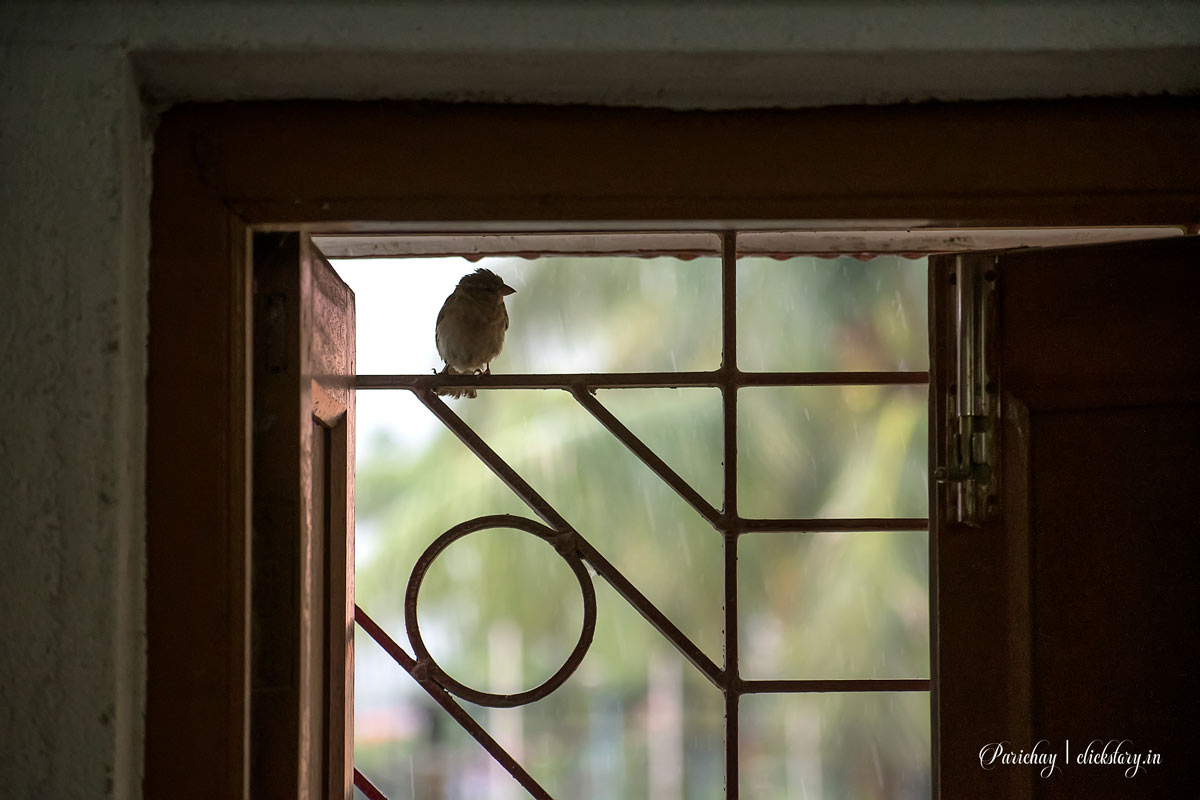
As discussed in the previous article, framing involves using elements within the scene to enclose or surround the main subject. By framing your subject, you add depth, context, and visual interest to your composition, directing the viewer’s attention to the focal point. Look for archways, windows, trees, or any other objects that can act as a frame within the frame.
Negative Space

Negative space refers to the empty or unoccupied areas surrounding the main subject. Incorporating negative space in your composition can create a sense of minimalism, focus attention on the subject, and evoke a feeling of solitude or tranquility. Don’t be afraid to leave empty spaces in your frame to let the subject breathe and make a stronger visual impact.
[mc4wp_form id=”20969″]
Patterns and Textures

Patterns and textures can add visual interest and depth to your photographs. Seek out repetitive elements or textures in your scene, such as rows of flowers, ripples in water, or intricate details on a surface. Capturing these patterns can create a visually captivating composition and draw the viewer into the image.
Point of View
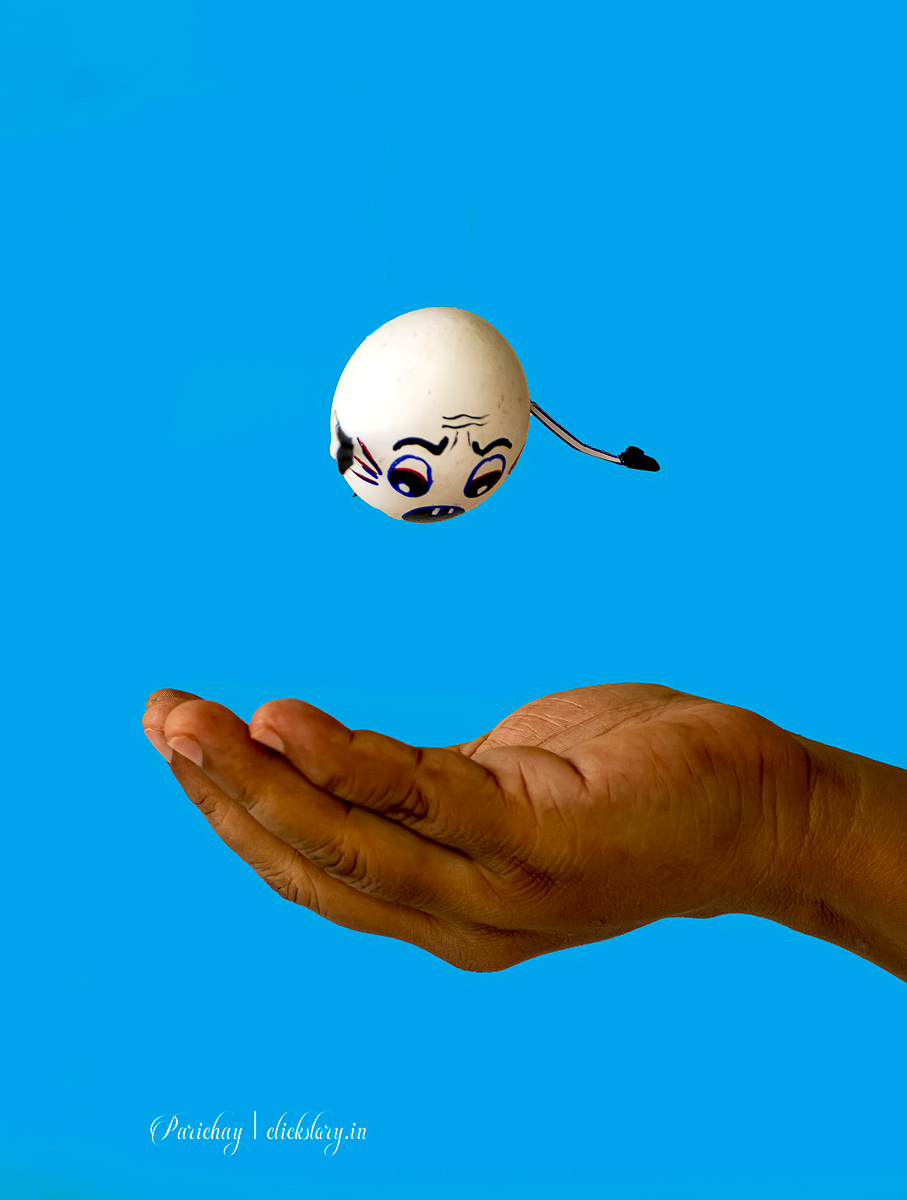
Experimenting with different angles and perspectives can completely transform the way a subject is portrayed. Instead of shooting at eye level, try getting low to the ground for a unique and dramatic viewpoint or find a high vantage point to capture a bird’s-eye view. Changing your point of view can add a fresh perspective to familiar scenes and breathe new life into your compositions.
Rule of Odds

The rule of odds suggests that an odd number of subjects in a photograph tends to be more visually appealing than an even number. When composing your shot, consider placing three, five, or seven subjects rather than two, four, or six. The odd number adds a sense of asymmetry and creates a more visually dynamic composition.
Color and Contrast
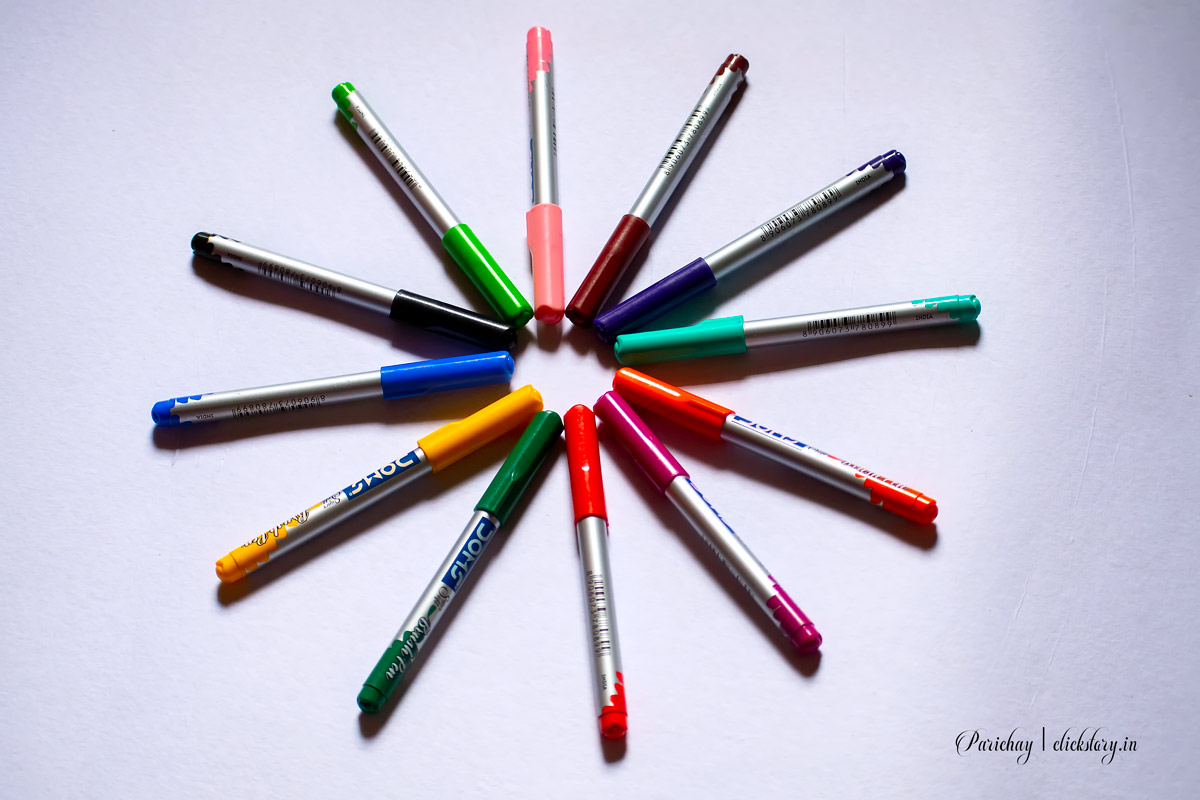
Colors play a crucial role in composition. Complementary colors, those opposite each other on the color wheel, can create a vibrant and harmonious composition. Similarly, contrasting colors, such as red and green or blue and orange, can add visual impact and make your subject stand out. Experiment with color combinations to create compelling compositions.
Experiment and Break the Rules

While these composition tips are valuable guidelines, don’t be afraid to break the rules and experiment with unconventional compositions. Photography is an art form, and creativity knows no bounds. Trust your instincts, think outside the box, and push the boundaries to create compositions that reflect your unique vision and style.
The Rule of Space

The rule of space refers to leaving enough visual space in the frame to give the subject room to “breathe” or move. When photographing a moving subject, whether it’s a person, an animal, or a vehicle, allow more space in front of the subject than behind it. This creates a sense of motion and adds visual interest to the composition.
Golden Ratio

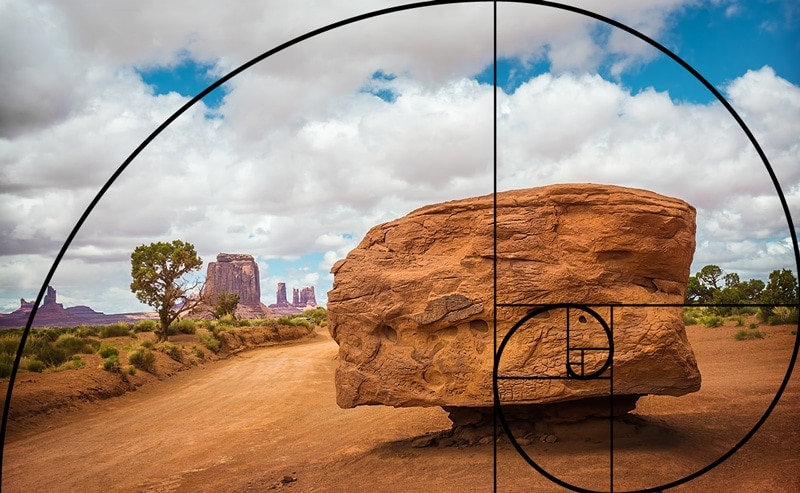
The golden ratio is a mathematical concept that can be applied to composition. It’s a spiral or logarithmic pattern that can be found in nature and art. By placing the main subject along the spiral or at the points where the spiral intersects with the frame, you can create a visually pleasing and balanced composition.
Fill the Frame
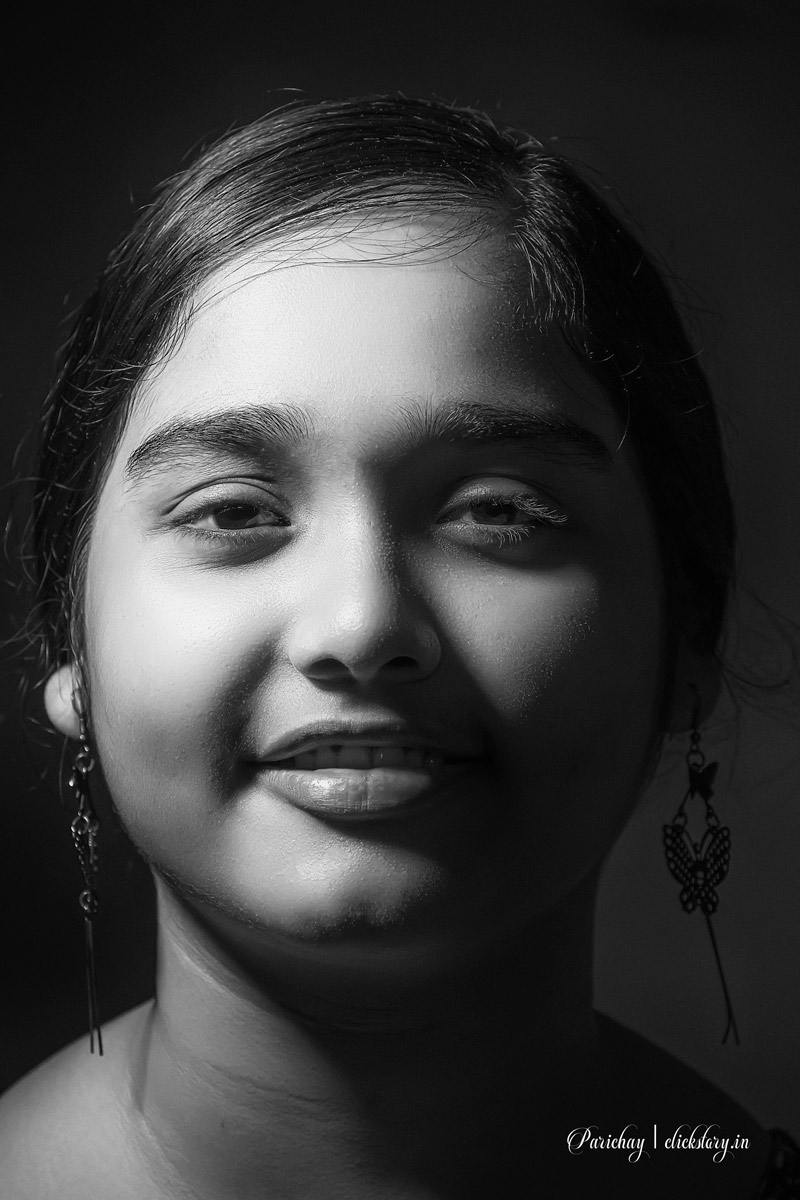

Sometimes, getting closer to your subject and filling the frame entirely with it can create a powerful and impactful composition. This technique allows you to capture the intricate details and textures, emphasizing the subject’s significance and eliminating any distracting elements.
Diagonals and Dynamic Lines
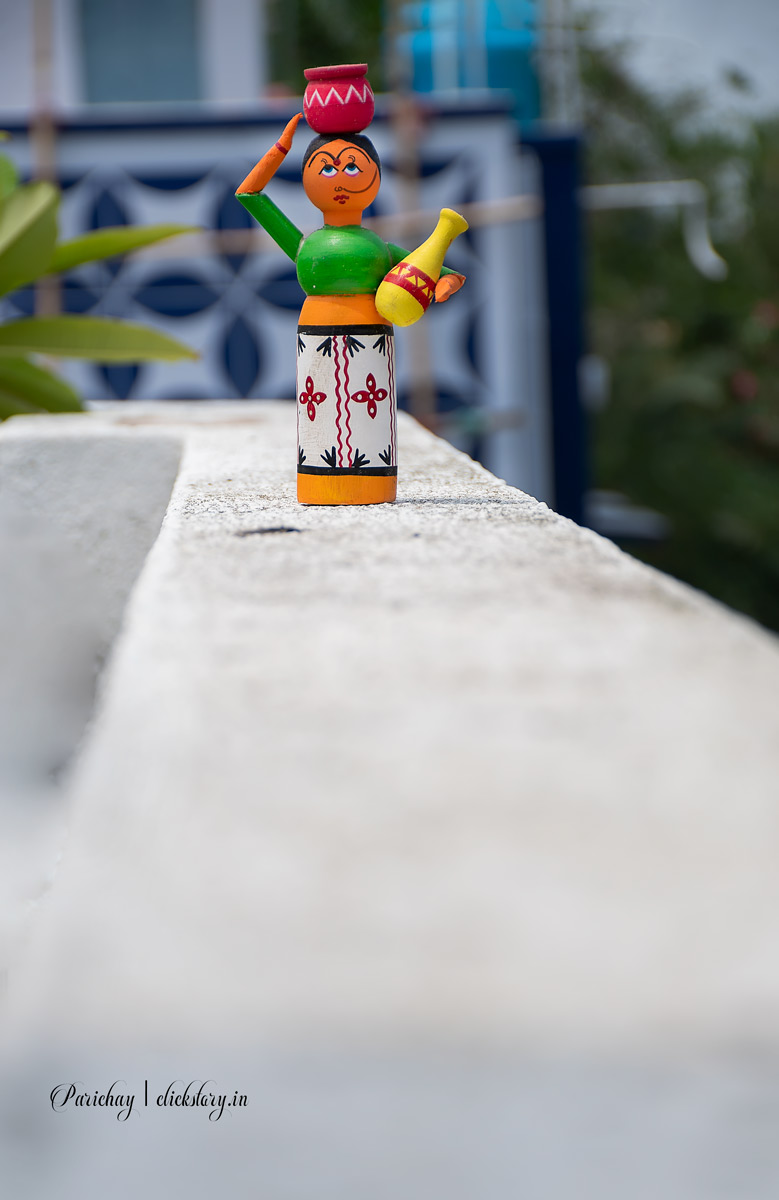
Diagonal lines add a sense of energy and dynamism to a photograph. Look for diagonal elements or lines within your scene, such as a staircase, a winding road, or a slanted tree branch. Utilizing these lines in your composition can create a visually striking image and lead the viewer’s eye through the frame.
Juxtaposition
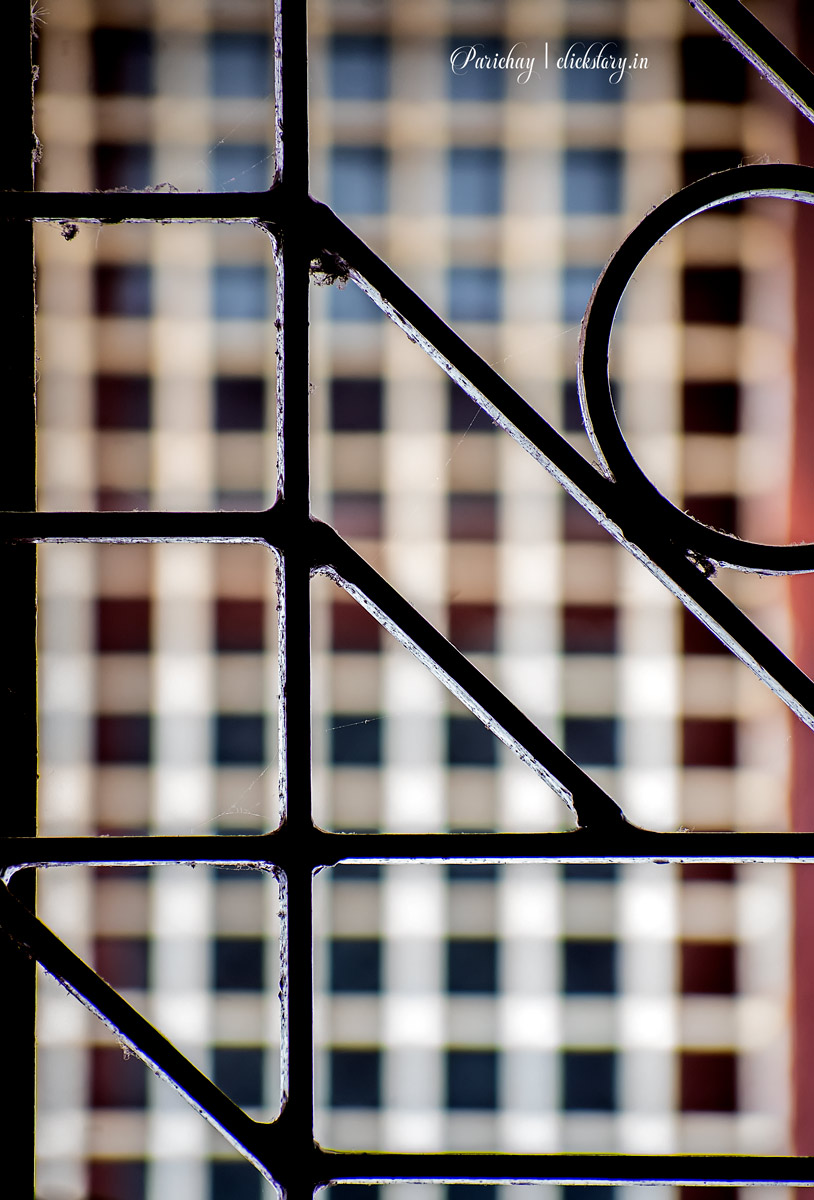
Juxtaposition involves placing contrasting elements or subjects together to create visual tension and interest. It could be a contrast in size, color, shape, or context. By deliberately combining these contrasting elements in your composition, you can create a thought-provoking and visually captivating image.
Depth of Field
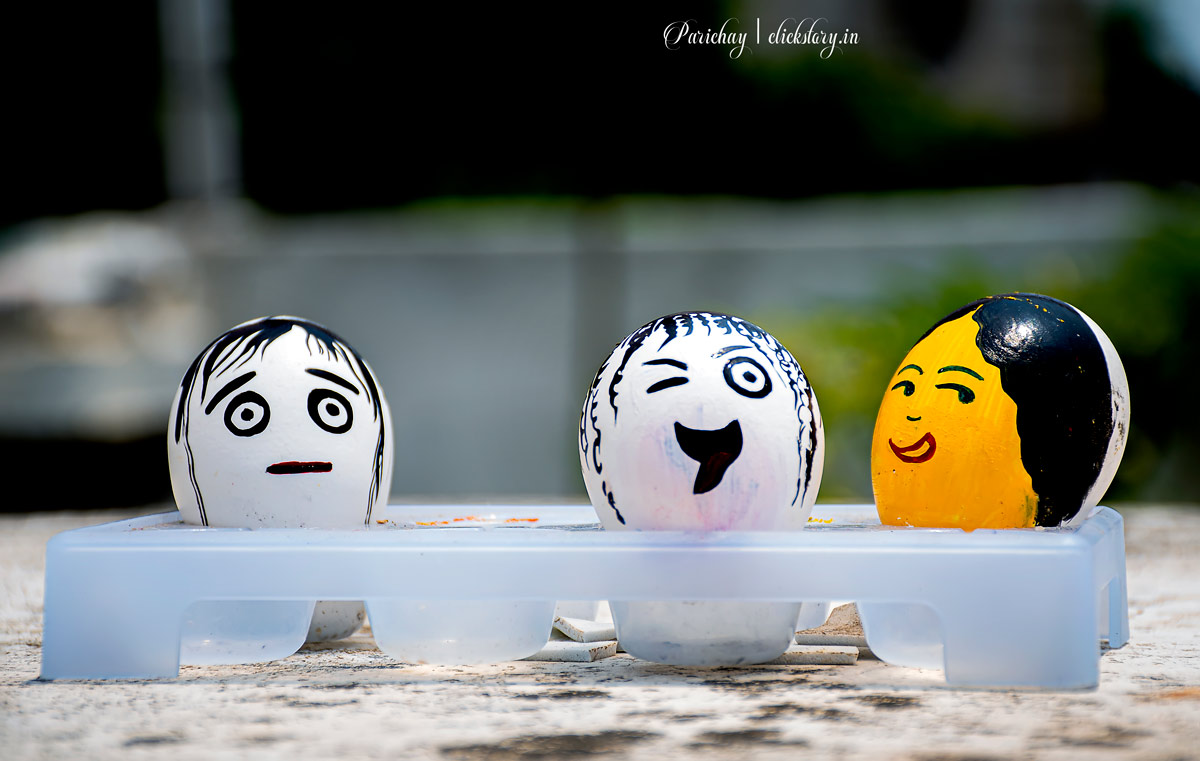
Experimenting with depth of field can greatly impact your composition. By controlling the aperture and focusing on specific areas, you can create a shallow depth of field, blurring the background and making your subject stand out. Alternatively, a deep depth of field can ensure that all elements within the frame are in sharp focus, providing a sense of detail and context.
Breaking the Horizon Line

The horizon line is often used as a reference point for landscape photography, but don’t be afraid to break this rule. Placing the horizon line off-center, either higher or lower, can create a more interesting composition and add a unique perspective to your image.
Minimalism
Sometimes, simplicity speaks volumes. Embracing a minimalist approach by reducing the number of elements in your frame can create a clean and powerful composition. Focus on a single subject or a limited color palette to evoke a sense of tranquility and allow the viewer to appreciate the beauty of simplicity.
Rule of Simplicity

Eliminate the unnecessary or distracting elements to maintain the simplicity for composing a shot. Keep your composition clean and focused, allowing the subject to take center stage and tell its story without visual clutter.
Post-Processing
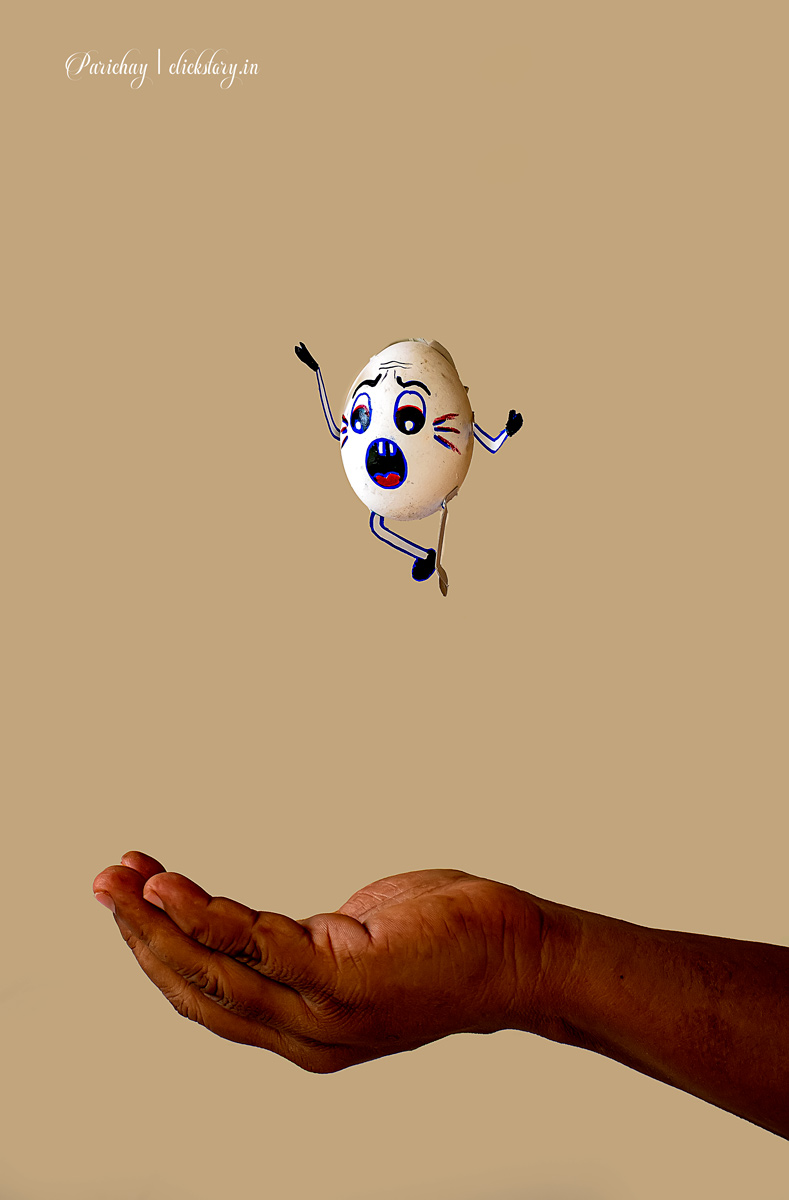
Post-processing can enhance and refine your composition. It is primarily about capturing the image in-camera. Composition may strengthen by adjusting the exposure, contrast, colors and cropping. It helps to highlight specific elements within the frame. To maintain the authenticity of the image, try to balance and avoid excessive editing.
Conclusion
Composition is subjective, and there are no hard and fast rules. The key is to develop your own style and experiment with different techniques to create visually compelling and meaningful compositions. With practice, observation, and a creative mindset, you’ll continue to refine your composition skills and capture stunning images that resonate with viewers. It is a skill that develops with practice and a keen eye for detail. Take your time to analyze your surroundings, be patient, and don’t be afraid to make mistakes. With each photograph you take, strive to create visually captivating compositions that tell stories, evoke emotions, and leave a lasting impression on your viewers.




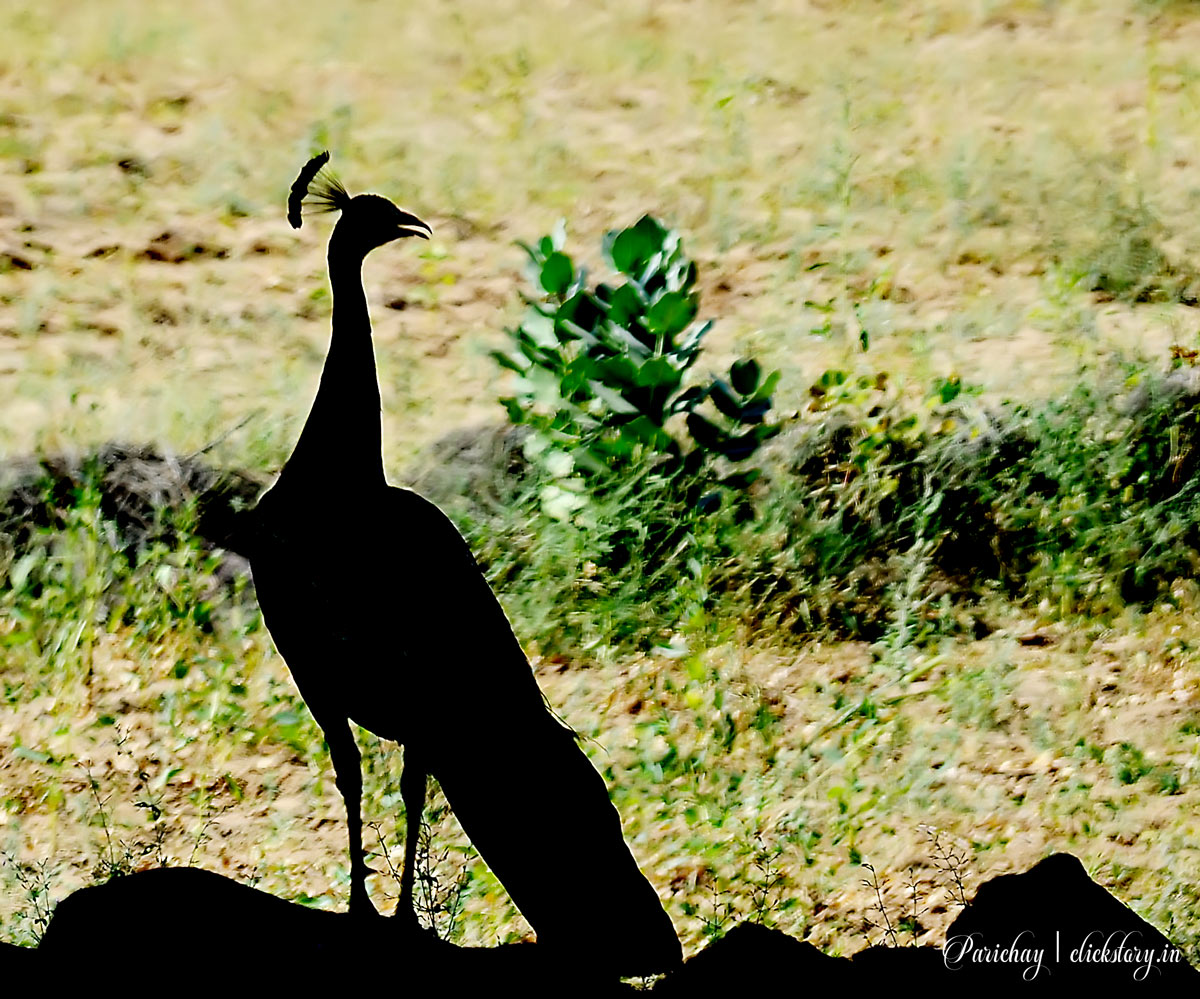

please accept my membership.